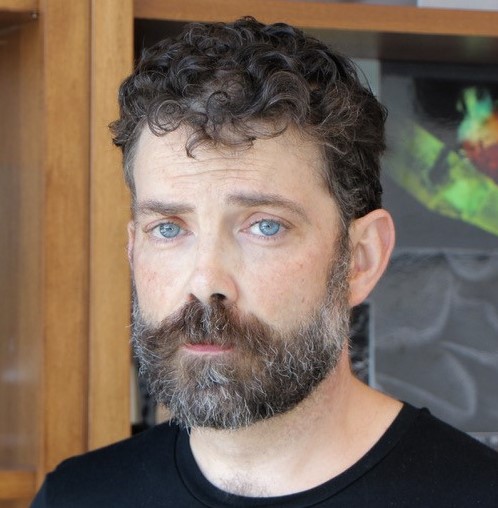
Ethan Garner
Harvard University
Northwest Laboratories 445.20
52 Oxford St
Cambridge, MA 02138
Tel: 617-237-0646
Email: egarner@fas.harvard.edu
Website:
http://garnerlab.fas.harvard.edu
Lab Size: Between 5 and 10
Summary
We study the structure, organization, and dynamics within prokaryotic cells. By developing a detailed spatial, mechanistic understanding of essential processes within bacteria we hope to uncover new targets for antibiotics. Our approach is based on the historic methodology established in field of eukaryotic cell biology: the biochemical characterization of protein function in vitro and the microscopic examination of dynamics in vivo. We use biochemistry, genetics, high precision particle tracking, super-resolution imaging, and chemical genetics to build spatial, mechanistic understandings of molecular machines.
Bacteria, even though they are quite small, contain a great deal of spatial order, order they to encode developmental functions. As these processes are encoded with a small set of genes, bactieria provide model systems to directly visualize, dissect, and understand how biological machines work.
We are currently studying how bacteria establish the most fundamental step of development, asymmetry of shape. A rod is the simplest developmental shape that can occur from the 1D coordinate system of a from a sphere: By defining a second axis of length, the cell gains a new coordinate system by which cellular components can be organized.
In rod shaped bacteria, these two coordinates of width and length correspond to two modes of PG synthesis: during elongation cell wall material is inserted evenly throughout the length of the rod (setting the width), and during division the synthesis is restricted to occur at the center of the cell (reading out length). Each of these systems is coordinated by a different cytoskeletal polymer. Our work has shown that these enzyme / filaments complexes move circumferentially around the cell width, with complexes moving in both directions. Surprisingly, this motion appears to be powered by the process of cell wall synthesis itself. We are now working to understand how the local actions of these independently moving enzymes are able to impart long range order and give reproducible cell shape. We are also watching the enzymatic motions of division, and are attempting to build a “polymer-up” mechanistic model of how both of these systems function, and how the cell controls these systems in response to growth rate.
Publications
Garner EC, Bernard R, Wang W, Zhuang X, Rudner DZ, Mitchison T. Coupled, Circumferential Motions of the Cell Wall Synthesis Machinery and MreB Filaments in B. subtilis. Science, 2011 Jul 8;333(6039) p. 222-5. PMCID: PMC3235694
Garner, E.C., C.S. Campbell, D.G, Wiebel, and R.D. Mullins, Reconstitution of DNA segregation driven by assembly of a prokaryotic actin homolog. Science, 2007 315(5816): p. 1270-4. PMCID: PMC2851738
Garner, E.C., C.S. Campbell, and R.D. Mullins, Dynamic instability in a DNA-segregating prokaryotic actin homolog. Science, 2004. 306(5698): p. 1021-5.
Garner EC, MicrobeTracker: quantitative image analysis designed for the smallest organisms. Mol Microbiol. 2011 May;80(3) p. 577-9.
Ptacin JL, Lee SF, Garner EC, Toro E, Eckart M, Comolli LR, Moerner WE, and Shapiro L, A spindle-like apparatus guides bacterial chromosome segregation. Nat Cell Biol. 2010; 12 (8): 791-8. PMCID: PMC3205914
